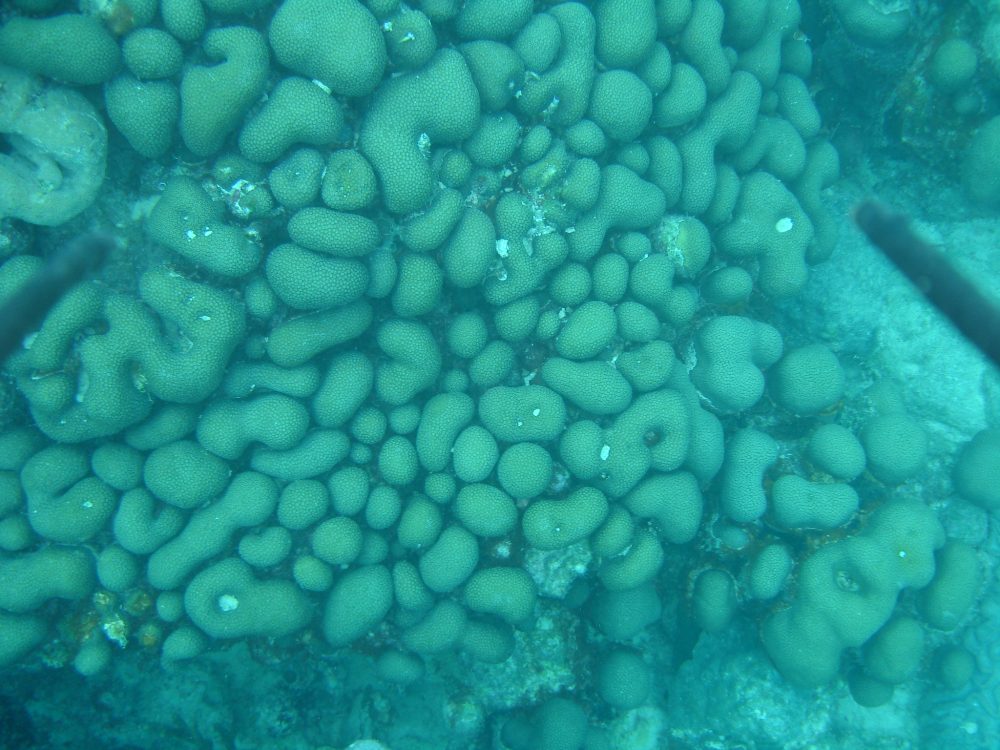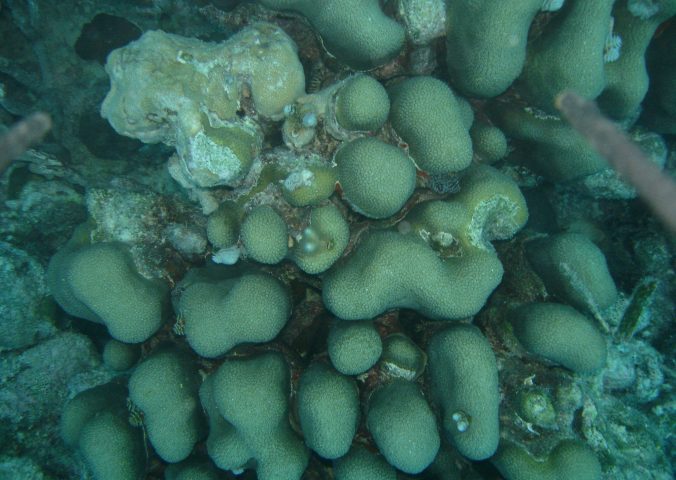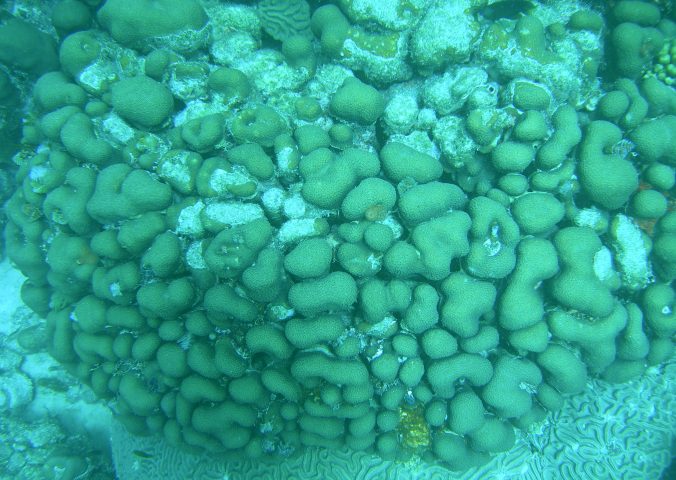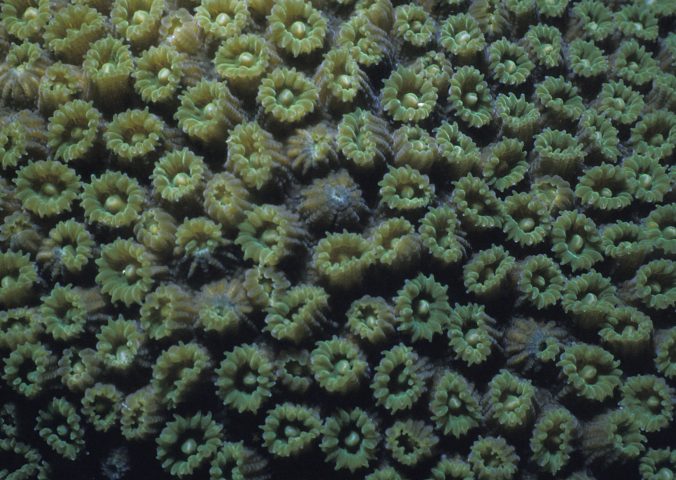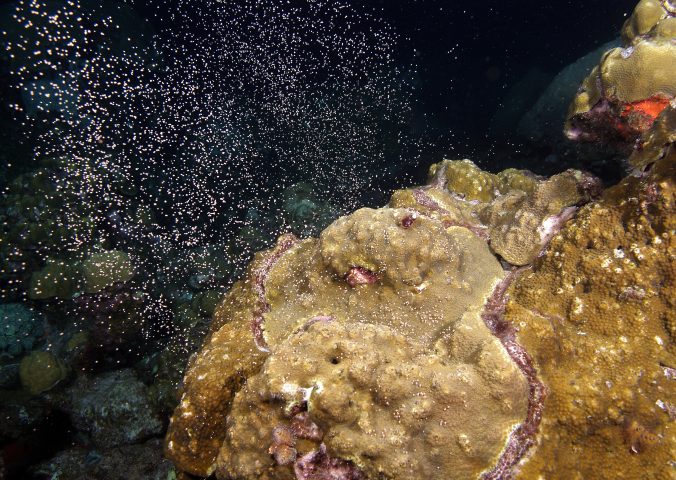About
Previously known as Montastrea annularis, Orbicella annularis is one of the most dominant species across the Caribbean and Gulf of Mexico where it can form extremely large colonies which vary in morphology.
Unfortunately this species is also classed as ‘endangered’ due to high population declines. For example, 90% of the coral cover of this species was lost off the coast of Jamaica in 1994. Within the same year this species was split into three distinct species; O.annularis, O.faveolata and O.franksi.
The considerable morphological variation within this species is characteristic throughout the Orbicella genus and there has such has been much debate over specific taxonomic affinities. The sheer size of the species in this genus makes them ecologically and structurally important additions to coral reefs as they provide refuges for reef dwelling species and can alter microclimates to suit other coral species.
- Order: Scleractinia
- Family: Faviidae
- Trend: decreasing
- Depth Range (m): 1 - 82
EDGE Score
Distribution
O.annularis is found across the Caribbean, Gulf of Mexico, Latin America and north to Bermuda.
Habitat and Ecology
O.annularis is a common species within its range and is often one of the most abundant and dominant species in shallow water reef environments.
Given the right water conditions and light penetration it can be found down to depths of 82m!
